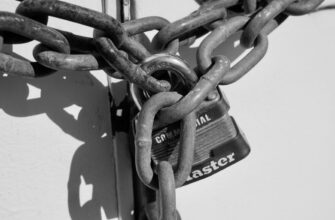Why Store Your Account Offline?
Storing account credentials offline creates a failsafe against cyber threats, internet outages, and forgotten passwords. Unlike cloud storage vulnerable to hacking, physical offline copies give you complete control. Financial accounts, email logins, and subscription services benefit most from this approach—ensuring access during emergencies when connectivity fails.
Essential Precautions Before Starting
Security is paramount when handling sensitive data offline:
- Encrypt everything: Use AES-256 encryption for files
- Physical security: Store devices in fireproof safes
- Redundancy: Create multiple copies on different media types
- Update regularly: Refresh backups quarterly
- Never include: SMS 2FA codes or biometric data
Step-by-Step Guide to Store Accounts Offline
Method 1: Password Manager Export
- Open your password manager (e.g., Bitwarden, KeePass)
- Navigate to Settings > Export
- Select encrypted format (CSV or KDBX)
- Set a 12+ character encryption password
- Save file to USB drive labeled “ACCOUNT BACKUP [DATE]”
Method 2: Manual Documentation
- Create a text file with account categories: Email/Banking/Social
- For each account: Username | Password | Recovery Email | Security Questions
- Encrypt file using VeraCrypt container
- Burn encrypted file to CD/DVD using disc authoring software
- Store with printed QR code containing decryption key
Method 3: Hardware Token Backup
- Purchase encrypted USB (e.g., Kingston IronKey)
- Install account data via password manager export
- Set physical PIN on device
- Make duplicate token stored in separate location
- Test access quarterly without internet connection
Best Practices for Long-Term Security
- Rotation cycle: Update backups every 90 days
- Geographic separation: Keep copies in home safe + bank deposit box
- Verification: Test restore process annually
- Destruction protocol: Shred old backups after creating new versions
- Emergency access: Share decryption method with trusted contact via sealed envelope
FAQ: Storing Accounts Offline
Q: How often should I update offline account backups?
A: Update critical accounts (banking, email) quarterly. Less vital accounts annually.
Q: Can I store 2FA codes offline?
A: Only backup recovery codes—never active authenticator app codes. Print them separately from passwords.
Q: What’s the most secure offline storage medium?
A: Encrypted USB drives with hardware encryption outperform paper or optical discs. Look for FIPS 140-2 certified devices.
Q: How do I access accounts without internet?
A: Offline storage provides credentials—you still need internet to log in. It ensures access when you regain connectivity.
Q: Should I store cryptocurrency keys offline?
A: Absolutely. Use metal seed phrase plates stored in multiple secure locations—never digitally.
Q: Is handwriting passwords safer than digital files?
A: Only if stored properly. Use archival-quality paper in humidity-controlled environments. Digital encryption remains superior for most users.








